06/24 8,677 | 8,677 9,500 | |
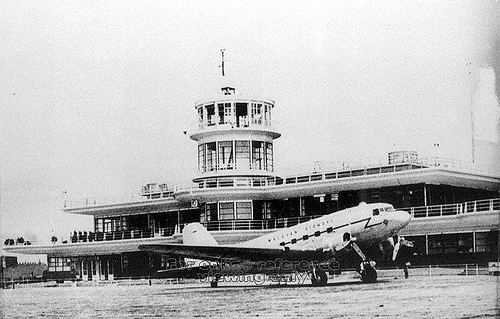 | ||
Airport type General public-usage type (civilian-service) Operator British colonial government in Singapore (from 1937 until 1955, when the airport was shut down) | ||
Rediscovering history the old kallang airport
Kallang Airport, also known as Kallang Aerodrome, Kallang Airfield and RAF Kallang, opened in 1937 as Singapore's first purpose-built civil airport and was built together with an anchorage area for seaplanes along the airport's perimeter on the waterfront (on the Kallang River). Large tracts of land were reclaimed in the Kallang Basin to turn the vast swampy area into a circular-shaped airfield and to build a slipway for seaplanes. The airport was closed down in 1955 when the new Singapore International Airport at Paya Lebar (also known as Paya Lebar Airport and now operated as Paya Lebar Air Base by the RSAF) was built and opened in that same year. Although most of Kallang Airport was demolished soon after it was shut down and the cleared areas of the former airport were redeveloped (such as the old seaplane anchorage area and the runway), the distinctive airport terminal building, some nearby airport structures (major ones include a few of the original aircraft hangars and former airport administration blocks, some of which have been quite recently demolished) and the iconic control tower were retained and served as the headquarters of the People's Association (a major government-run community organisation in Singapore) until April of 2009. Just a year before, the Urban Redevelopment Authority (URA) of Singapore gazetted what remained of Kallang Airport for conservation as a historic monument/landmark in the country. It is currently unoccupied.
Contents
- Rediscovering history the old kallang airport
- Old kallang airport gate
- History and Naming
- Construction
- World War II
- The war years and after
- Closure
- Accidents and incidents
- Legacy
- References
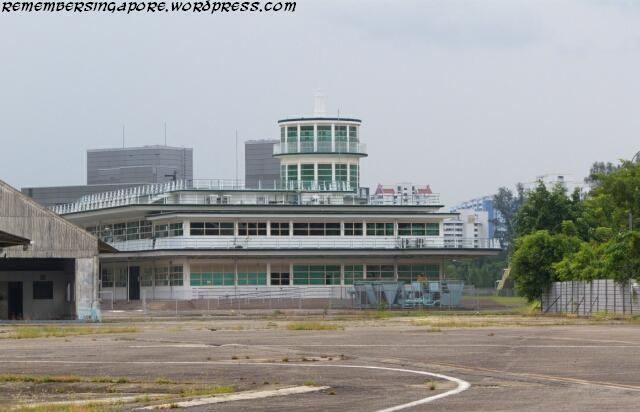
Old kallang airport gate
History and Naming
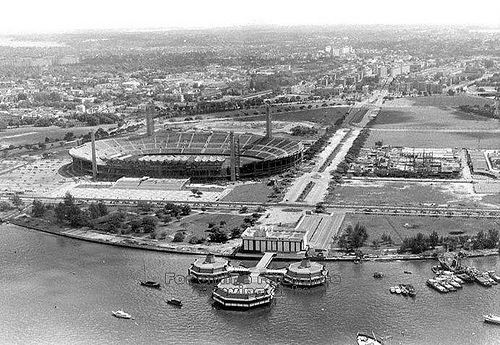
Kallang Airport got its name from the nearby Kallang Basin, which was named after a group of sea-gypsies living around the area in the 1800s.
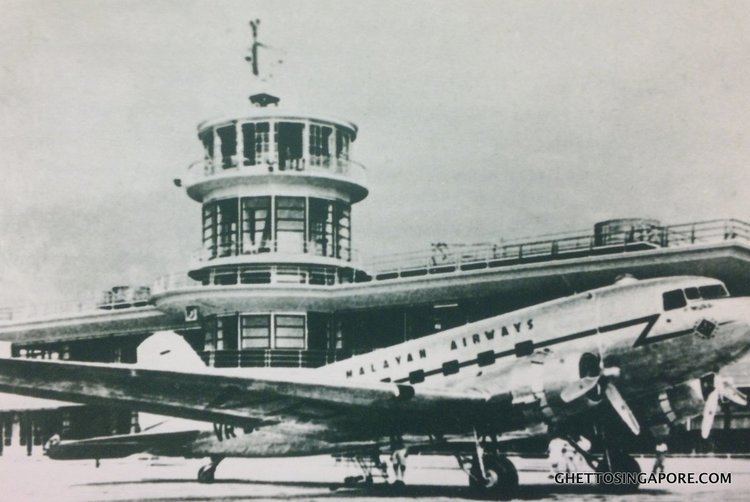
On 11 February 1930, the Dutch Airline Koninklijke Luchtvaart Maatschappij (KLM) operated the first service flight between Amsterdam and Batavia (since renamed Jakarta), landing in Seletar with a Dutch-made Fokker trimotor monoplane carrying 8 passengers and a cargo of fresh fruit, flowers and mail. This marked the beginning of commercial civil aviation in Singapore. KLM later introduced a regular Amsterdam to Batavia flight service in late-1931.
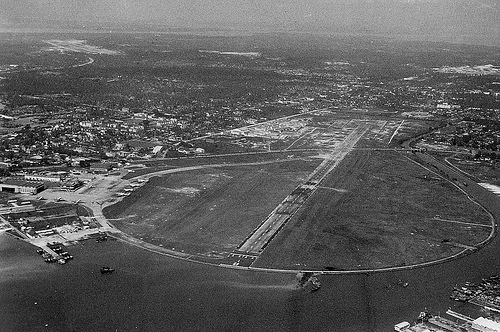
Two years later, in July 1933, Imperial Airways, the flagship airline of the British empire at the time, started a service between London and Darwin via Cairo, Karachi, Calcutta, Singapore and Jakarta. This service was later extended to Brisbane and operated jointly with Qantas Empire Airways on 17 December 1934.
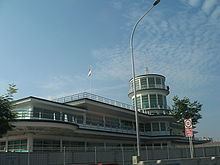
Booming commercial aviation traffic led to congestion at the existing Seletar Airbase (today's Seletar Airport), creating a need for a new airport. On 31 August 1931, Sir Cecil Clementi, then Governor of the Straits Settlements, announced that Kallang Basin would be the location for the new civil aerodrome suitable for land planes and seaplanes, and relieving Seletar of commercial flight activities.This place was chosen out of other possible sites because of its proximity to the city centre as well as its location next to the Kallang Basin, which allowed sea-planes to land.
Construction
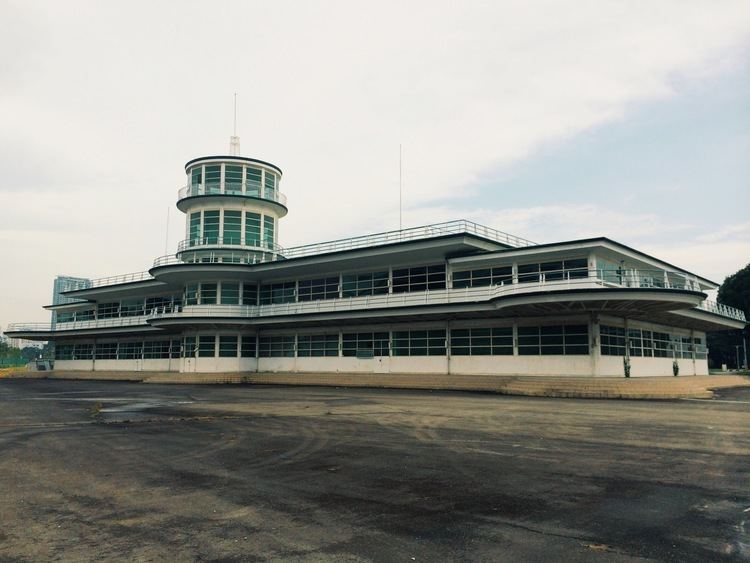
Reclamation work began on the 103 hectares of tidal swamp in Kallang Basin in 1932. Seven million cubic metres of earth were used for the filling of this tidal swamp. By 1936, all reclamation and consolidation of land were completed, forming a 915-metre diameter, dome-shaped landing ground.
On 12 June 1937, the Kallang Aerodrome was officially opened by Sir Shenton Thomas, who had taken over the governorship of the Straits Settlements from Sir Cecil in 1934. At the time it was hailed as "the finest airport in the British Empire", with facilities that were considered revolutionary. The circular aerodrome allowed planes to land from any direction, and the slipway allowed seaplanes to be served at the same terminal building as regular planes. The terminal building itself was considered a marvel, with a large open-air viewing gallery on the top of the two-storey building and a circular control tower in the middle of the glass-covered building.
World War II
When the Japanese launched their invasion of Malaya and Singapore on 8 December 1941, Kallang was the principal fighter airfield. By January 1942, it was the only operational fighter airfield in Singapore, as the other airfields (Tengah, Seletar and Sembawang) were within range of Japanese artillery at Johore Bahru.
Brewster Buffalo fighters of 243 Squadron RAF, 488 Squadron RNZAF and a detachment of 2-VLG-V of the Royal Netherlands East Indies Air Force operated from the airfield, defending Singapore from repeated Japanese air raids. They were joined later by Hawker Hurricanes of 232 Squadron RAF, but attrition took a steady toll on men and machines, and by the last days of January 1942, the airfield had been badly damaged by the bombing and only a small number of aircraft were serviceable. The last of the fighters left in early February, escaping to carry on the fight just before Singapore was surrendered to the advancing Japanese.
The war years and after
The growth in aviation traffic was stunted during the war years, a period which saw the landing circle being converted into a single runway to allow use by warplanes. The British Overseas Airways Corporation (BOAC) and Qantas resumed their regular services to the airport, while the resurrected local airline Malayan Airways (MAL) began services on 1 May 1947.
In the early 1950s, the increasing size of aircraft and the need for longer runways resulted in it being extended beyond Mountbatten Road in the eastern boundary of the facility into what is now Old Airport Road. The new runway was 5,496 feet long and 165 feet wide. This necessitated the installation of traffic lights to halt vehicular traffic every time a plane took off or landed.
Closure
The success of Malayan Airways and rapid growth again caused congestion at the facility, while advancing technology necessitated extension of the only runway. This was no longer possible because of residential areas in the way, leading to a decision to build a new facility at Paya Lebar in 1951, 8 km further from the city. When the new airport was completed on 20 August 1955, Kallang Airport was closed down, and all associated facilities moved to the new facility. The runway was converted into a road, and the airfield turned into a recreational area with the building of the National Stadium (now reopened as the Singapore Sports Hub) and the Singapore Indoor Stadium.
Accidents and incidents
Legacy
Kallang Airport has left several reminders of its existence. The old runway near to Mountbatten Road is now called Old Airport Road. The surrounding public flats there are named the Old Airport Road estate and Dakota Crescent estate. The estate is served by Dakota MRT Station, which took its name from the Dakota DC-3 aircraft which used to land at the Kallang Airport.
Two new roads near Kallang MRT Station have been named "Kallang Airport Drive" and "Kallang Airport Way". In addition, Old Terminal Lane, which links Geylang Road with Kallang Airport Way, references the Kallang Airport's conserved terminal building.
The slipway for seaplanes was occupied by the Oasis Building, a structure built on the Kallang Basin. The terminal building itself was used as the headquarters of the People's Association until 9 April 2009, when it moved to its new headquarters at King George's Avenue. The PA building held many activities for the ruling People's Action Party, ranging from school visits to social events.
Kallang Airport was gazetted for conservation on the 5th of December in 2008 by the Urban Redevelopment Authority (URA) of Singapore.
